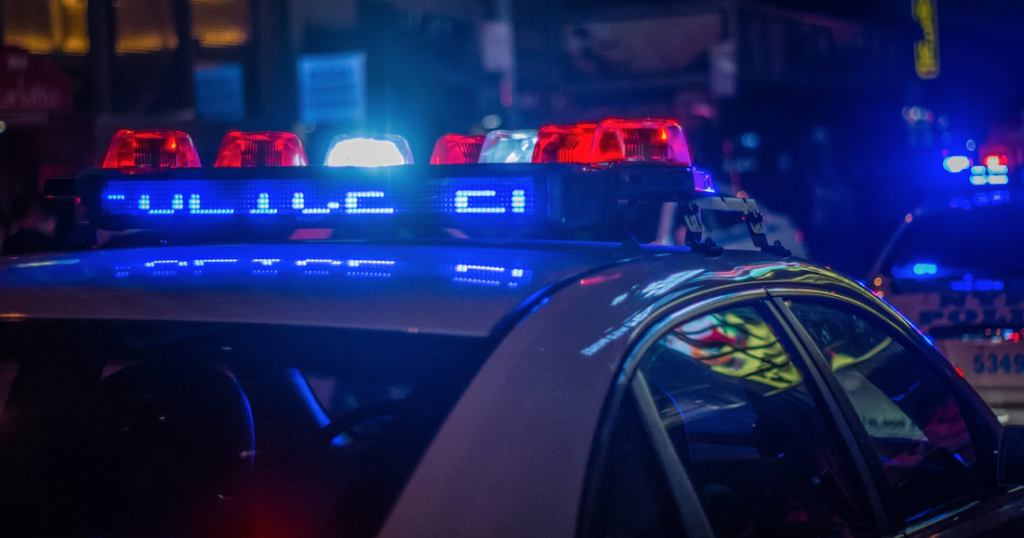First Responder Lethality on Domestic Violence Calls

Danger for One Can Mean Danger for All
According to the 2020 National Law Enforcement Officers Fatalities Report, out of the 264 police officers killed in the line of duty in 2020, the second highest cause of death was firearms-related fatalities, where 48 officers were killed in the line of duty – and 7 out of those 48 being officers responding to domestic violence calls. Numerous more have been severely wounded on domestic disturbance calls over recent years.
Before we proceed, let’s back track for a minute. Law enforcement as first responders in domestic violence situations may arguably be a bit of a misnomer due to the fact that the police officer is many times NOT the first entity to respond to a negative and/or violent domestic situation. Possibly a child in the home has unsuccessfully tried to intervene, a family member or co-worker may have attempted to offer assistance or support, or a neighbor or church member might have provided temporary relief. All these scenarios could have played out repeatedly before police ever have arrived on the scene with these “helpers” actually being the first to respond to the victim’s pain or cry for help. However, the keyword here is “victim.”
Now, let’s look at the other side of the equation. When it comes to the abusing offender, the police are in fact the first typically to respond, facing the perpetrator head on, attempting to diffuse the situation or guide a victim to safety, and dealing directly with that abuser that can often lead to a deadly encounter.
Studies reveal that the lethality factor for police officers responding to domestic disturbances increases significantly because a police presence threatens the offender’s perceived power. The abuser’s emotions can begin to escalate due to a lack of power and control, and out of a desperate state, they may ultimately explode, prompting them to display totally disregard for a police officer’s safety or life. If drugs or alcohol are involved, this contempt is magnified.
According to Police1, one of the reasons why domestic violence calls are also so dangerous is because officers are forced to operate based on limited or inaccurate information. Police1 emphasizes how crucial it is that trained 911 call-takers and dispatchers not only obtain pertinent on-scene information, but also ascertain past patterns of abuse or crimes and share that data with officers.
In addition to domestic violence officer policy and training, onsite safety precautions, eliminating firearms risks, and dispatch data integrity, it is paramount that victims/survivors/advocates/family and police officers engage in a high level communication process. The Action in Community Through Service (ACTS) states that knowing what to expect when making a 911 call and thereafter, what to provide law enforcement on that call, and knowing what is allowed by law enforcement via policy or legislation when responding to a domestic violence call can ensure the highest possibility of safety for both parties and help officers help survivors.
The ultimate response is to “rescue” the victim from imminent and future violence or death but we have to remember… first responding police officers are humans, too. They have families, and they want to feel safe and secure. They are susceptible to traumatic events. The volatility of domestic violence calls jeopardizes their relationships, disrupts their sense of security, and puts their lives in extreme danger all while trying to protect the victim/survivor. Waters are muddied when emotions are high, substances and weapons are present, and chaotic confusion is rampant. Safety on all fronts is key!
For more information on practical law enforcement responses to domestic violence from the IACP and COPS Dispatch, click here.
Written by Shawn Guy, program manager for the Conference on Crimes Against Women.
